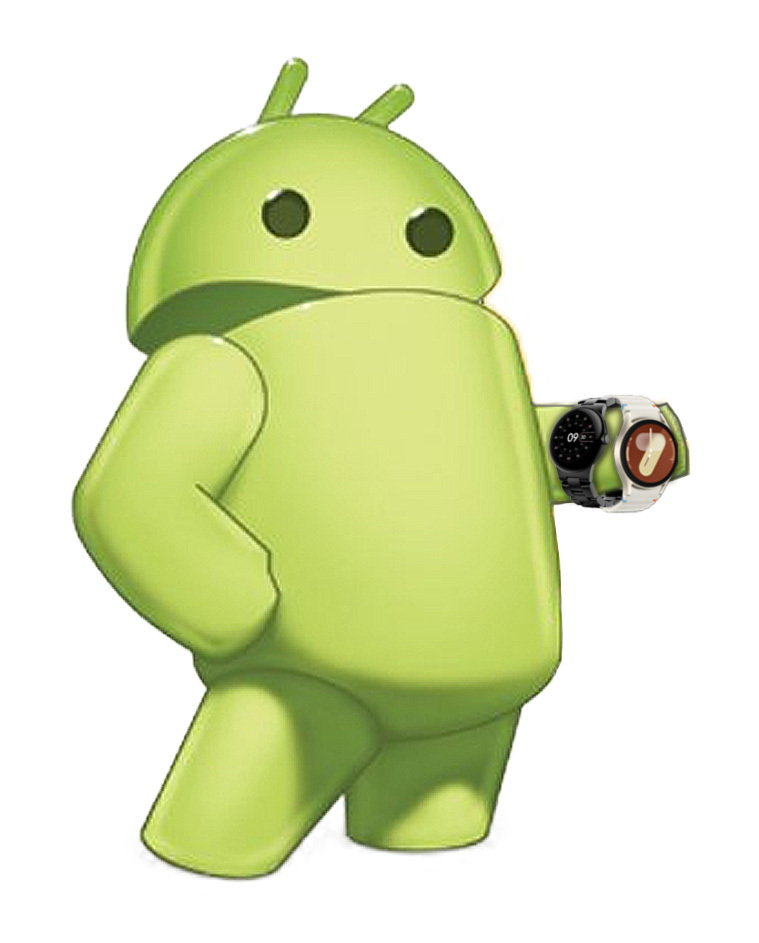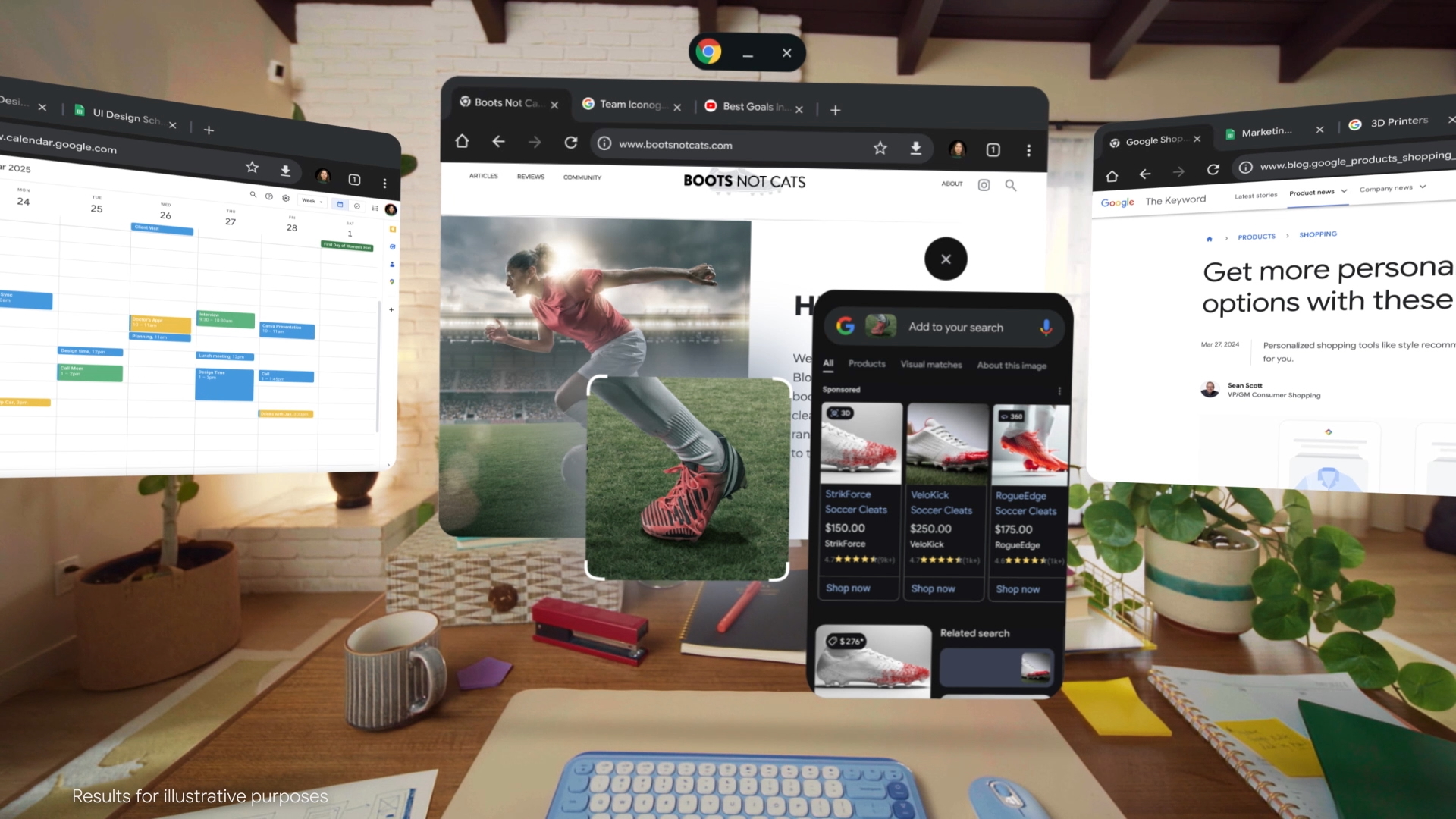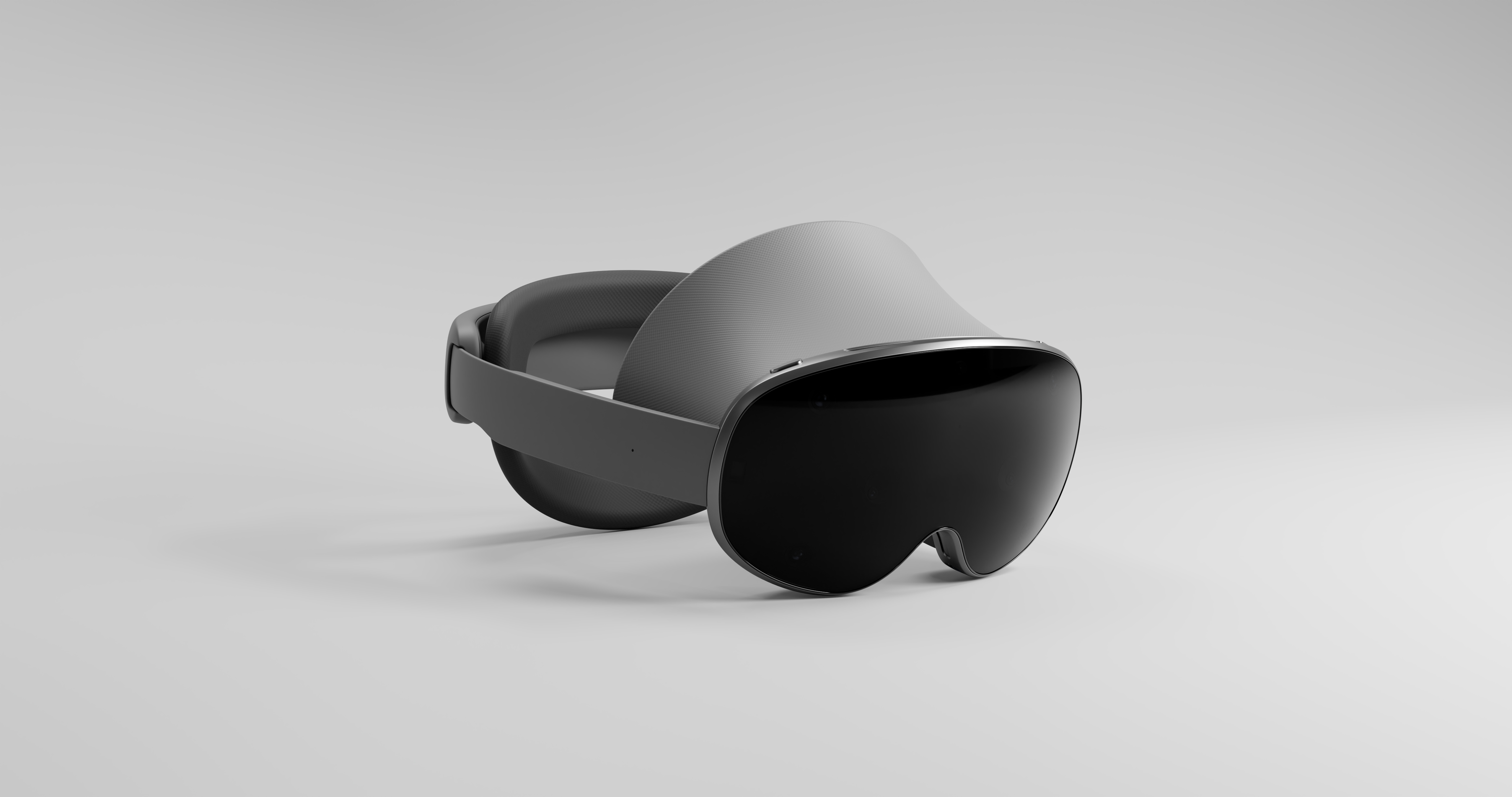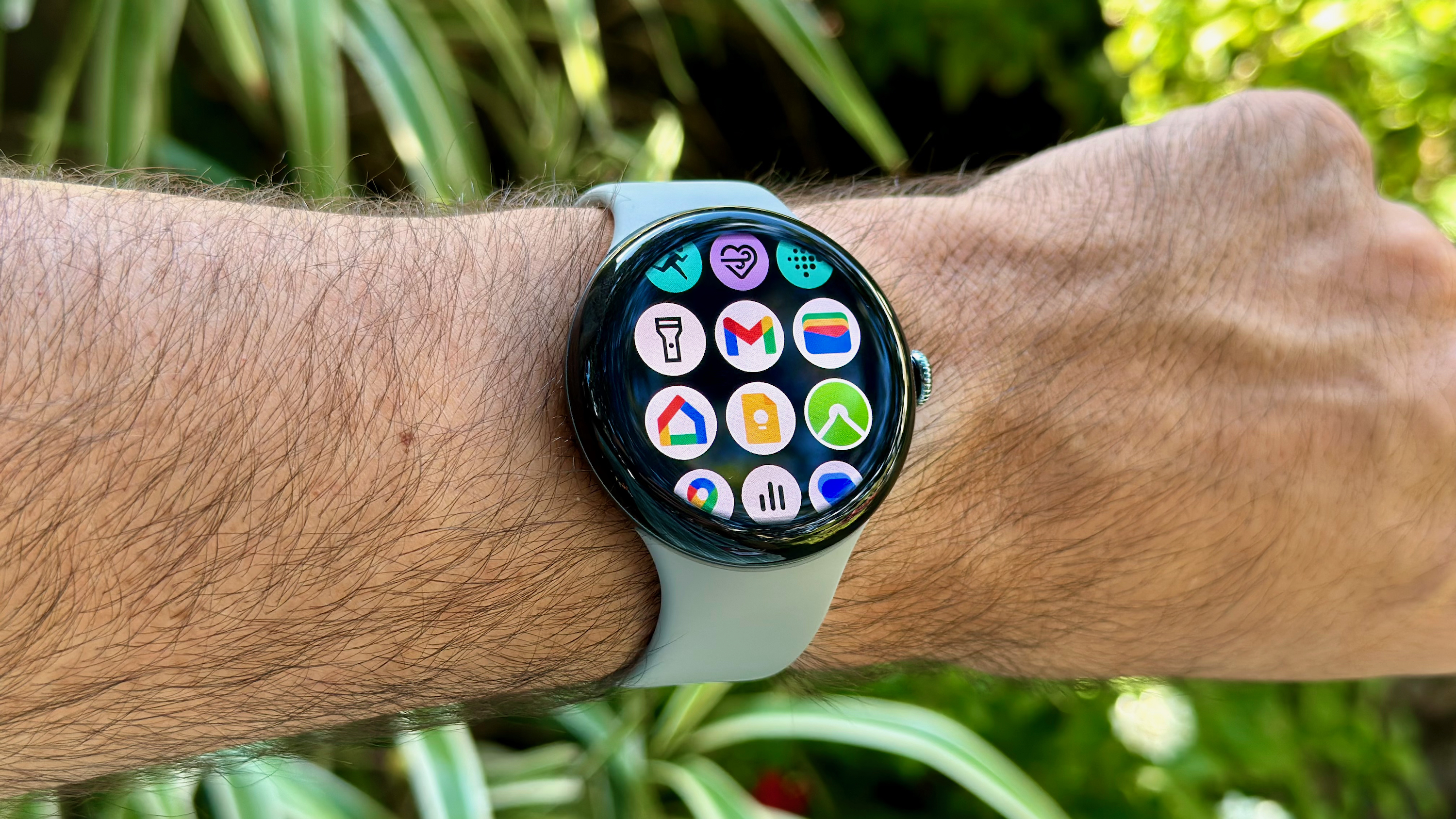Wear OS Weekly

My new weekly column focuses on the state of Wear OS, from new developments and updates to the latest apps and features we want to highlight.
Google has a pretty successful Android peripheral ecosystem, co-developed with Samsung hardware and Qualcomm silicon, that relies on energy-efficient hardware, AI insights, and portable versions of popular Android apps.
I’m not talking about Android XR, Google’s new platform for headsets and glasses that’ll launch with a Samsung headset and Snapdragon chip in 2025; its success isn’t guaranteed yet. I mean Wear OS, the reinvented smartwatch platform that Samsung saved from mediocrity in 2021. And if Google’s latest attempt at an extended-reality platform survives, it’ll do so by emulating Wear OS’ path to success.
Any Google project has the chance to die at the first sign of a lack of profitability. The Google Graveyard is full of promising projects I’m still bitter about, like Stadia’s premature death. Some colleagues are disappointed about the (allegedly) canceled Pixel Tablet 2 prototypes, while I’m annoyed at the slow death of Fitbit hardware, even if the software has stuck around in Pixel Watches.
Most relevant here: Google Daydream, Google Cardboard, and Google Glass have their own headstones. The same applies to the Focals AR project Google bought and shut down, as well as VR-related projects like VR180 Creator, Tour Creator, Google Jump, and SoundStage.
Will Android XR have a different fate? Despite the historical evidence, there’s some reason for optimism. It all comes down to Google’s loyalty and deference to Samsung and its experience finding the right balance for wearable tech between smarts, comfort, and efficiency.
Android XR will face VERY similar challenges to Wear OS
Smartwatches have existed for a decade, but their problems haven’t changed. Most can’t last longer than a day or two because brands use annual efficiency upgrades to pack in new features and keep new buyers entertained. Small displays make using apps less appealing than on phones, and AI assistant commands are limited unless they pull data from your phone (which takes time).
XR headsets, AR glasses, and smart glasses all have similar “wearable” problems that Android XR will have to solve.
Let’s start with battery life. Most headsets and glasses can’t solve this portability problem, so they wire up to a PC, console, or puck, which isn’t especially comfortable or natural. Meta Quest is the popular exception, but its last few headsets all have the same suboptimal 2-hour battery life because they had to prioritize better graphics on the new generation over longevity.

And that’s with a pound of plastic to work with; finding somewhere to squeeze a battery into a stylish glasses frame people would wear outdoors without embarrassment is a challenge.
That’s why Ray-Ban Meta glasses last four hours without any display tech, and most AR glasses prototypes either use a wire or last less than an hour. Meta says its thick Orion glasses will have “all-day battery life” in 2027 with a wireless puck to handle the power, but we’ll wait to see that in practice, and they’re on the borderline of being able to “blend in” as normal glasses.
Google can show stylish Android XR prototypes like the photo above, but can it (or Samsung) actually deliver all-day Gemini in something that skinny? That’s the initial challenge, and it’s one most early smartwatches struggled with, with their bulky and techy or cheap band designs and poor longevity.

Then there’s the purpose of these devices. An XR productivity headset like Project Moohan (or Apple Vision Pro) is supposed to replace or supplement your laptop as an extended display, while smart/AR glasses are supposed to give you AI insights and photography with your phone in your pocket. They’re designed to convince you that your current work setup or phone use isn’t good enough, and that’s a tall bar to clear with expensive first-generation tech.
Smartwatches have become extremely popular, but early models like the original Galaxy Gear were deficient, miniature clones of phones with substandard apps and tiny screens. Non-techies didn’t understand why they were relevant to their daily lives, and even now, people love watches for their notifications and fitness tools, but many people don’t bother using the actual apps when their phone is right there.
Android XR’s “purpose” could be Gemini AI. If smart glasses can use sensors to respond to your surroundings and hold a real-time conversation about what you see and hear, that will have an immediate appeal to a wide consumer base, especially younger generations growing up with AI as a main knowledge source.
The question will be if Google and Samsung can deliver Gemini AI in a compact form factor with enough tokens for intelligent responses, without wrecking the battery life. Presumably, your Android phone could handle the CPU brunt, but the glasses would still need to process the multimodal info necessary for your phone to deliver intelligent responses, and that could mean a significant (and annoying) delay.
Google and Samsung are still trying to figure out the efficiency equation for Wear OS watches, but they’ve definitely improved. They’ll need to channel that expertise into early Android XR products if they want to succeed.
Project Moohan will make or break Android XR

Samsung and Oculus collaborated closely in the latter’s early days; the Galaxy phone-powered Gear VR with Oculus software was the result. Samsung even founded a VR movie studio around that time. But the partnership fizzled as Oculus (later Meta’s Reality Labs) pivoted to its own all-in-one headsets like the Oculus Go and Quest, and Samsung let its VR plans fade.
I suspect Samsung’s virtual ambitions were fully reborn once it heard about the Apple Vision Pro, but if not for Zuckerberg’s Metaverse ambitions, Samsung might have stayed in the VR space. Or it could have abandoned it like Google did when it realized VR wouldn’t be as profitable as originally hoped. It’s hard to say.
Project Moohan, the 2025 headset with a Snapdragon XR2 Plus Gen 2 chip and Google’s OS, will probably feel like making up for a lost opportunity for Samsung execs. However, its success will depend on a few factors like pricing, comfort, gaming, and audience.

Meta Quest headsets are the best VR headsets because of their wireless accessibility, affordability, and constant updates from the Reality Labs team. Meta has specific initiatives like Oculus Publishing and Publishing Ignite that share Meta’s resources with smaller game developers. Most VR fans have built up their libraries on Quest over the last few years.
Samsung and Google told us that they intend to make gaming a major focal point of Android XR, avoiding Apple’s productivity-only stance. But it could be an uphill battle to get VR gamers onto a new platform unless they see exclusives and investment; the mostly-abandoned PSVR 2 is evidence of that.
On the productivity side, Samsung will undercut the $3,500 Apple Vision Pro; I can’t imagine Project Moohan costing half that. It’ll certainly have productivity apps like Google Drive, Gmail, and Adobe CC to attract interest. My question is whether there are that many graphic artists and other creative types willing to wear a VR headset as a laptop replacement for hours a day who haven’t already bought a Vision Pro.
If Samsung can discover that XR niche between Meta and Apple, I’d say the market is ready for more competition. However, the example of Meta, which loses billions per year on Reality Labs despite strong sales, makes me wonder whether Samsung will be satisfied with whatever Moohan sells.
The key is patience

Google won’t kill Android XR as long as Samsung is invested. In fact, it may be a good thing that Google isn’t selling XR hardware anytime soon. Google can’t prematurely pull the plug as easily without looking flaky to major partners, and Samsung has global reach to spread XR hardware where Pixel devices don’t sell.
If Samsung gives up, I can’t envision Google sticking around for long. Tech companies are all about efficiency and maximizing profits for shareholders these days, and Google and Samsung will have to justify any XR losses four times a year until it pays off.
Android XR sure sounds promising when you see concept videos for Google Maps holograms, real-time text translation, 3D films, and so on. But whether we’re talking about headsets, glasses, watches, or even smart rings, all wearables need to nail the balance between style, comfort, battery life, and seamless controls. Samsung has the talent and Google’s backing to pull that off, but it may take a few generations.
Will Google and Samsung have the patience to iterate and find their audience, as they did with smartwatches? Time will tell!
